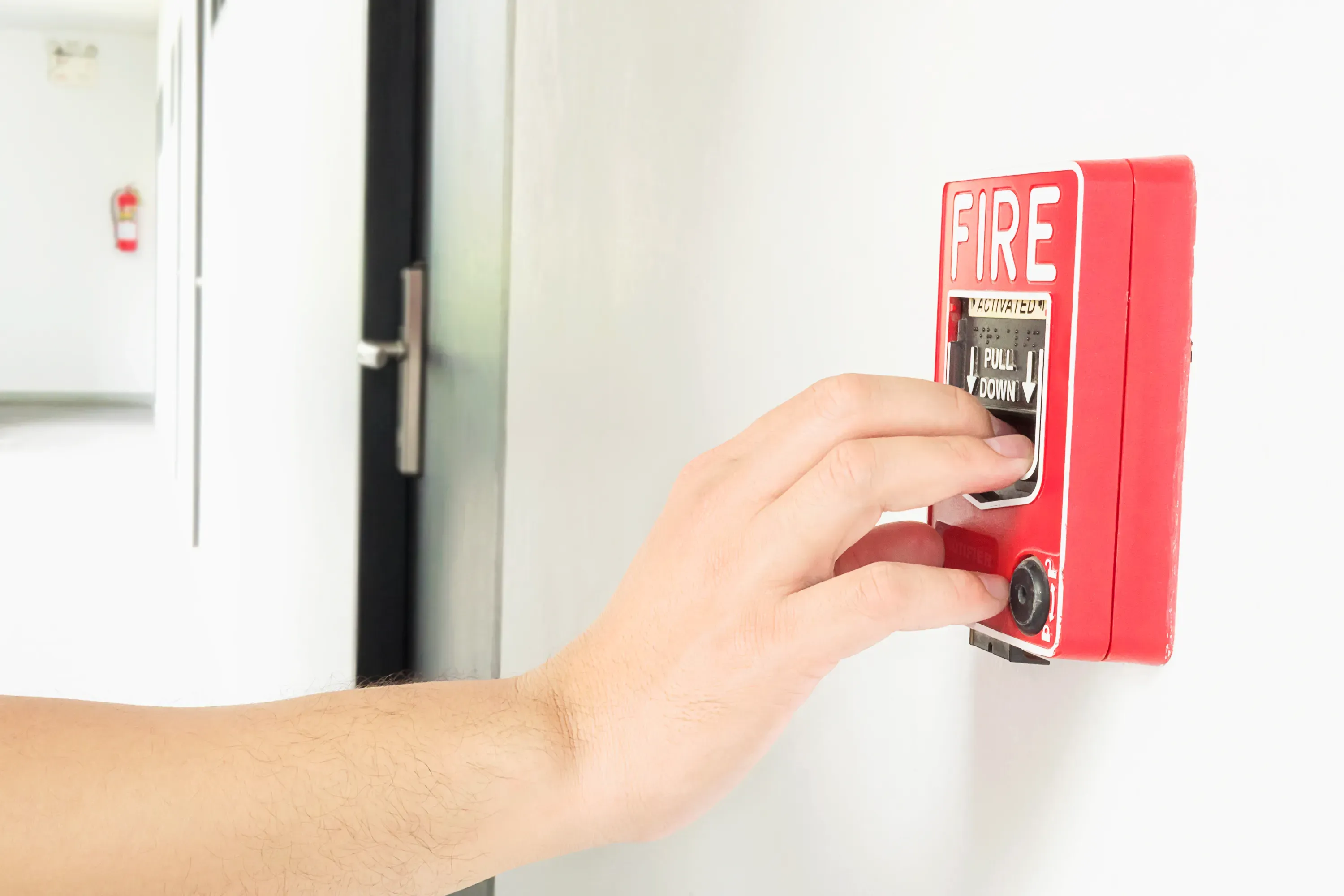Hospital Hygiene Standards per Ministry of Health Rules
26 September 2025

Hospital hygiene standards are not only crucial to protecting patients from infection risks but also to ensuring medical staff can work safely and optimally. For this reason, the Indonesian Ministry of Health (Kemenkes) has established specific regulations and guidelines to ensure every healthcare facility maintains clear and measurable standards.
So, how are these regulations implemented, and what is the connection with professional cleaning workforce management? Let’s explore below.
Ministry of Health Regulations on Hospital Hygiene Standards
The Indonesian Ministry of Health has issued several key regulations and decrees that define hospital hygiene standards as part of the hospital accreditation requirements. Here are the details:
Regulasi dari Kemenkes
1. Ministry of Health Regulation No. 12 of 2020 on Hospital Accreditation
This regulation replaces the previous one (No. 34 of 2017) to adapt to the evolving needs of hospital services.
It defines “hospital accreditation standards” as guidelines that cover the required achievement levels in healthcare services, patient safety, and facilities—which automatically include hygiene standards and infection control.
Read Also: 7 Key Duties of Hospital Cleaning Services & Their Standards
2. Minister of Health Decree No. HK.01.07/MENKES/1596/2024 on Hospital Accreditation Standards
This latest decree outlines the accreditation framework applied by official accreditation bodies.
The annex includes evaluation elements such as “Facility and Safety Management”, which integrates infection prevention and control.
3. Ministry of Health Regulation No. 7 of 2019 on Hospital Environmental Health
This regulation sets hygiene and sanitation requirements, including clean water availability, waste management, flooring, ventilation, lighting, and overall physical environment standards to prevent contamination.
Link Between Regulations and Hospital Accreditation
1. Compliance with Accreditation Elements Involving Hygiene and Infection Control
Regulations such as Permenkes 12/2020 and the 2024 decree mandate hospitals to have procedures and facilities ensuring environmental cleanliness, sterilization of medical equipment, infection control, and environmental health. Without these, hospitals cannot pass accreditation.
2. Facility & Safety Management as an Accreditation Assessment Group
The latest standards place “Facility and Safety Management” as a key assessment group.
It covers hospital hygiene, building sanitation, ventilation, and infection control as integral parts of safety management.
3. Supervision & Evaluation Based on Official Regulations
Hospitals must conduct self-assessments, report quality and safety indicators (including hygiene elements), and prepare in line with official standards so they are ready for independent accreditation surveys.
These regulations also require accreditation bodies to apply government-set standards and carry out on-site evaluations of hospital hygiene implementation.
Key Hospital Hygiene Components Required by the Ministry of Health
Based on Ministry of Health Regulation No. 7 of 2019, every hospital must ensure environmental safety for patients, medical staff, and visitors. Key hygiene components include:
1. Clean Water Supply
Clean water is a mandatory requirement for every hospital. Without an adequate supply, both medical and non-medical activities will be disrupted. The MOH requires hospitals to provide water that meets:
-
Quality: must comply with clean water standards and be safe for use.
-
Quantity: sufficient for daily needs of patients, staff, and facility maintenance
-
Continuity: supply must be uninterrupted, especially in operating rooms and emergency units.
2. Wastewater Management
In addition to clean water, wastewater management is a crucial aspect. Liquid waste from medical or domestic activities can become a source of disease if released untreated. Hospitals are required to have effective wastewater treatment systems, including:
-
Separation of medical and non-medical waste from the start.
-
Processing wastewater using recommended technology, such as Wastewater Treatment Plants (WWTP/IPAL).
-
Monitoring wastewater quality before discharge to ensure it meets environmental standards.
3. Solid Waste and Medical Waste Management
Hospital waste ranges from food leftovers to hazardous medical waste. The MOH requires careful and measured waste management with the following principles:
-
Segregation: medical waste (infectious, pharmaceutical, sharp) must be separated from non-medical waste.
-
Storage: waste should be placed in designated, standard-compliant containers.
-
Transportation: carried out using safe routes and equipment to avoid contamination within the hospital.
-
Disposal: medical waste must be destroyed using proper methods such as incineration or eco-friendly alternatives.
Read Also: 10 Essential Hospital Cleaning SOPs You Must Understand
4. Vector and Pest Control
Hospitals must be free from pests such as insects, rats, or cockroaches that may spread diseases. Regular vector control, both physical and chemical, is mandatory.
Continuous monitoring ensures hospital environments are safe from cross-contamination caused by pests.
5. Ventilation, Lighting, and Room Temperature
Hygiene is not limited to floors and medical equipment—it also includes air and light quality. MOH standards require hospitals to provide:
-
Adequate ventilation for fresh air circulation and germ prevention.
-
Sufficient lighting, both natural and artificial, to keep rooms hygienic and comfortable.
-
Proper room temperature, particularly in intensive care and operating rooms.
6. Sanitation Facilities
Hospitals must have clean and sufficient sanitation facilities, including toilets, sinks, and drainage systems. According to MOH standards, these must include:
-
Adequate number of toilets and sinks based on hospital capacity.
-
Regularly monitored cleanliness of sanitation facilities.
-
Availability of soap and running water at all strategic points.
7. Food and Beverage Hygiene
Hospitals often provide meals for patients, which must follow strict hygiene principles to avoid contamination. From ingredient selection to storage and serving, all processes must comply with food safety standards.
The MOH requires hospital food and beverages to be:
-
Stored at the proper temperature.
-
Processed using hygienic equipment.
-
Served safely to prevent contamination.
3 Challenges in Meeting Hospital Hygiene Standards
Even though hospital hygiene standards are clearly regulated, implementation in the field is not always easy. Several obstacles often arise and must be anticipated by hospital management to ensure healthcare quality remains consistent. Here are the most common challenges:
1. High Operational Costs
Maintaining hygiene according to standards requires significant investment—from procuring modern equipment and specialized cleaning agents to facility maintenance. Hospitals often face dilemmas between budget efficiency and maintaining hygiene quality.
2. Consistency in On-Site Implementation
While regulations exist, the biggest challenge often lies in daily execution. Ensuring consistent cleanliness across all hospital areas demands strict supervision, inter-departmental coordination, and strong staff discipline.
3. Shortage of Trained Cleaning Staff
Human resources play a vital role in maintaining hygiene standards. However, not all cleaning staff possess specialized skills required for hospital procedures, such as medical waste handling or sterilization equipment usage. This shortage of trained personnel can directly impact overall hygiene quality.
Effective Strategies to Meet Hospital Hygiene Standards
The challenges in maintaining hospital hygiene standards—especially the shortage of trained cleaning staff—can be effectively addressed through outsourcing services. Hospitals not only gain a workforce that complies with regulations but also achieve greater efficiency in operational management. Here are the main benefits of outsourcing for hospital hygiene:
1. Trained Workforce According to MOH Regulations
Outsourcing partners provide staff equipped with specialized training, including medical waste handling, sterilization equipment usage, and hygiene procedures in compliance with Ministry of Health regulations.
2. Cost Efficiency and Workforce Flexibility
By outsourcing, hospitals are freed from the burden of recruitment, training, and employee benefits. This system allows for flexible workforce management based on needs—without compromising the quality of hygiene services.
3. Focus on Core Medical Services
With professional cleaning staff in place, hospital management can focus more on improving healthcare services and developing facilities. This ensures smoother operations and higher patient satisfaction.
To comply with hospital hygiene standards set by the Ministry of Health, SOS understands that hospitals often face workforce and budget limitations.
That is why, through SOS workforce outsourcing services, hospitals can access trained cleaning staff—allowing management to stay focused on enhancing medical services.
Read Also: Hospital Security SOP: Essential Protocols for Medical Areas
Maintain Hospital Hygiene Standards with SOS Cleaning Service Jakarta
Meeting hospital hygiene standards requires skilled staff and proper systems.
SOS offers professional outsourcing cleaning services in Jakarta tailored for healthcare facilities.
Why choose SOS?
-
Trained cleaning staff in line with Ministry of Health regulations.
-
Cost efficiency without compromising quality
-
Flexible workforce to match hospital needs
-
Enables hospital management to focus on medical excellenc.
Contact us today for professional cleaning solutions from SOS and ensure your hospital consistently meets the best hygiene standards.



